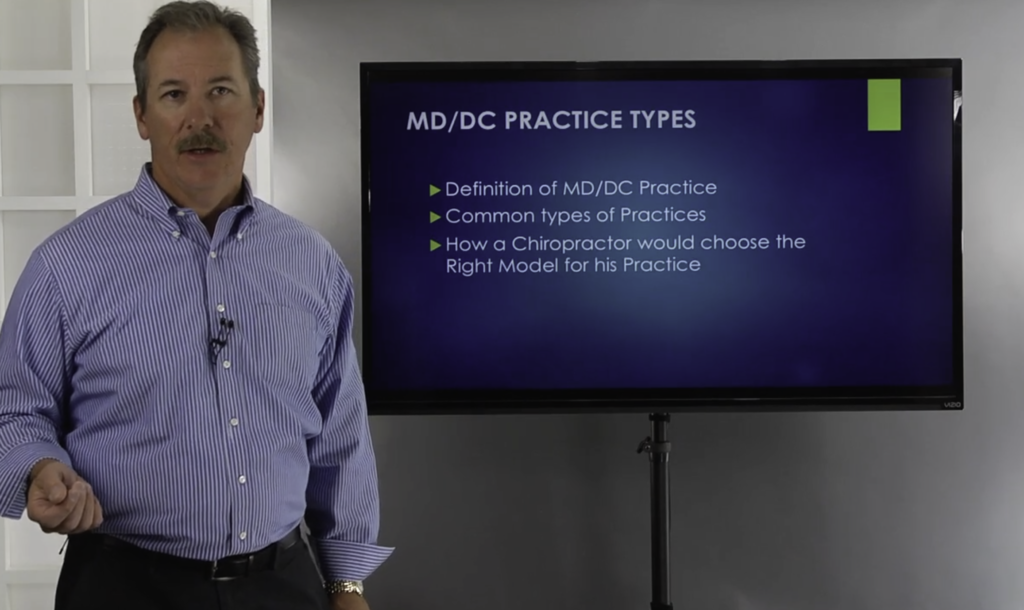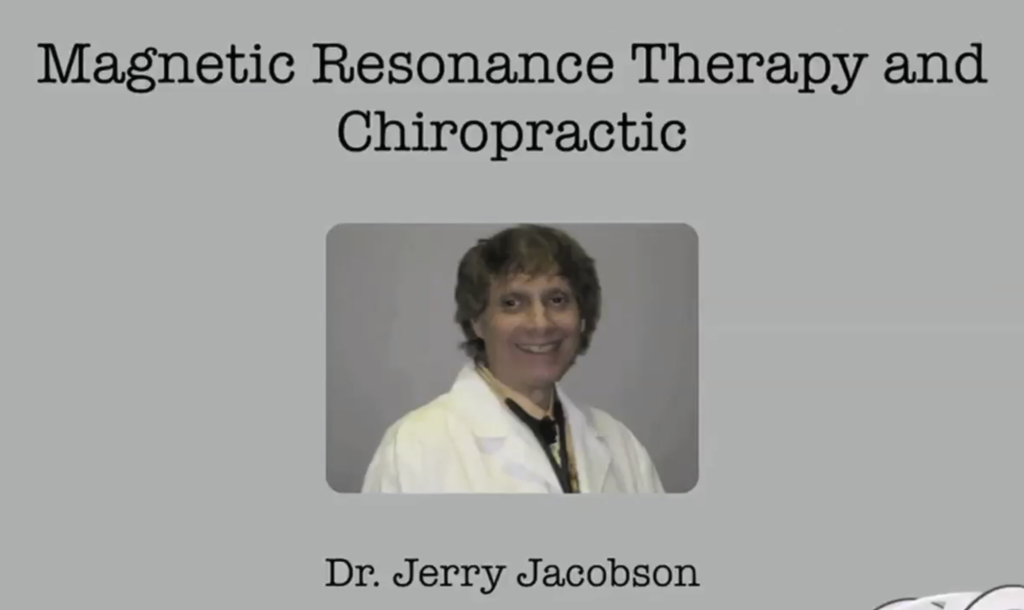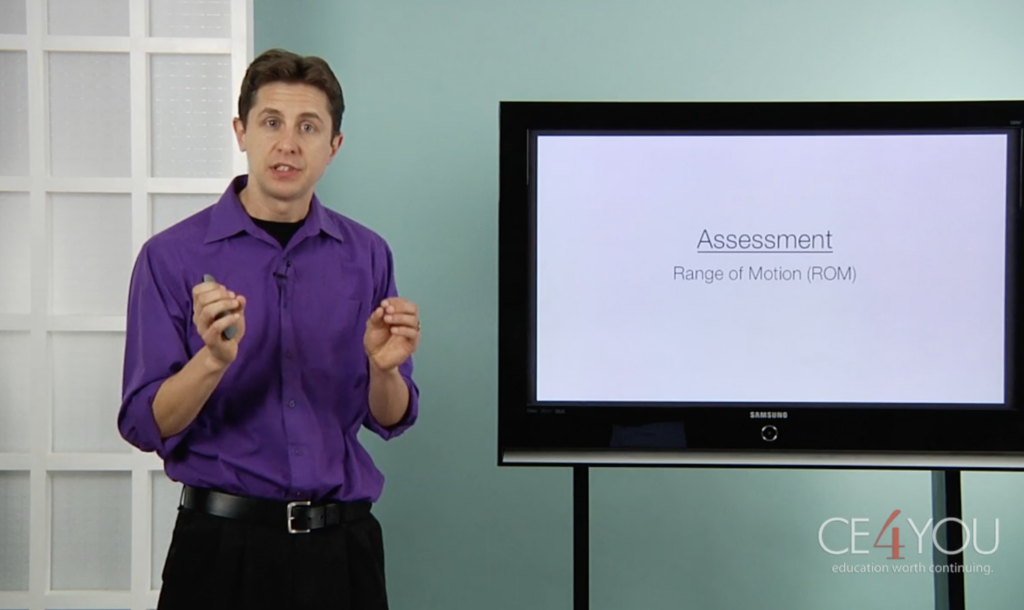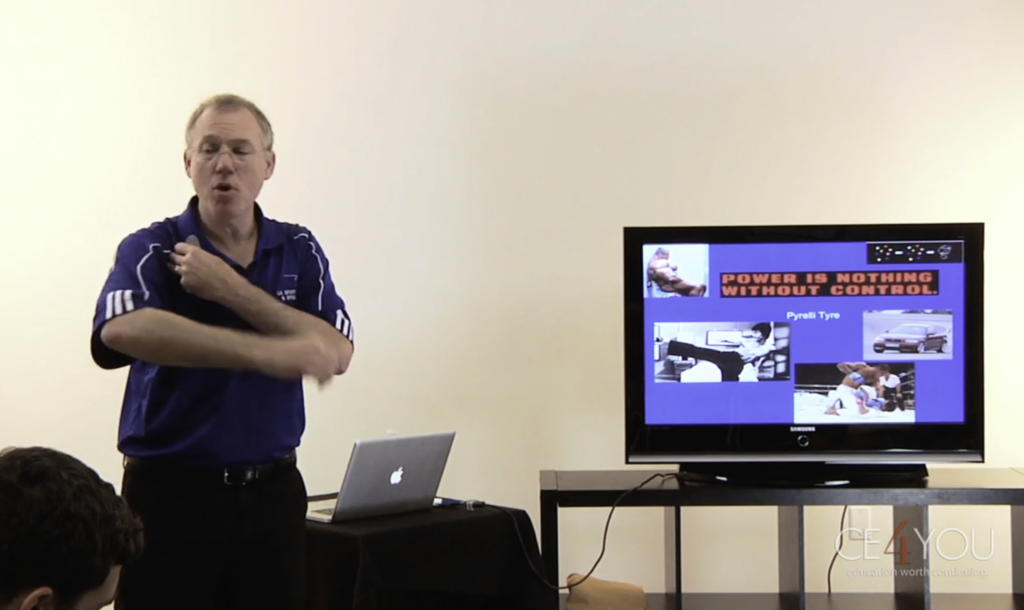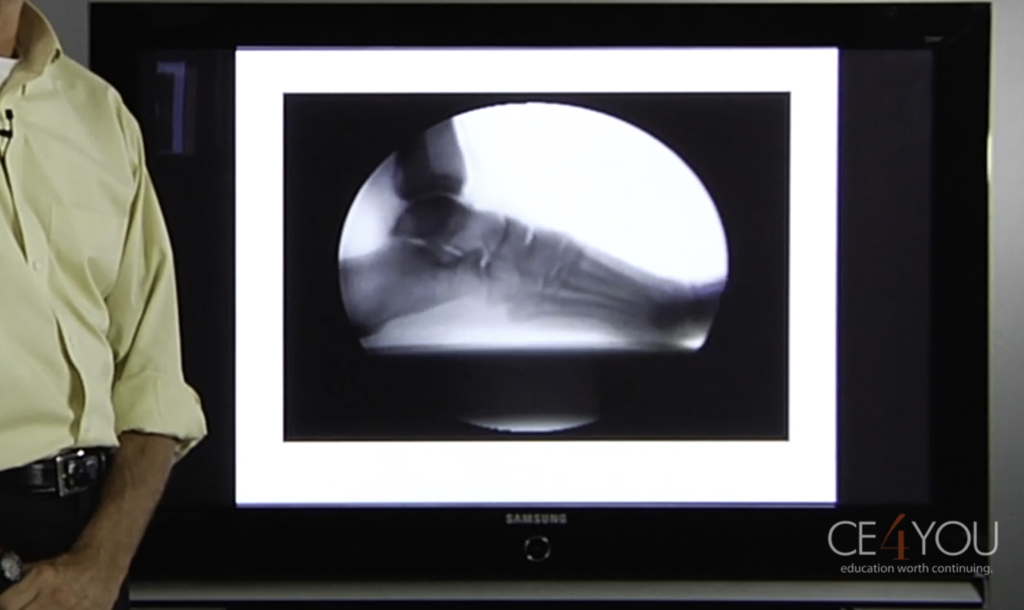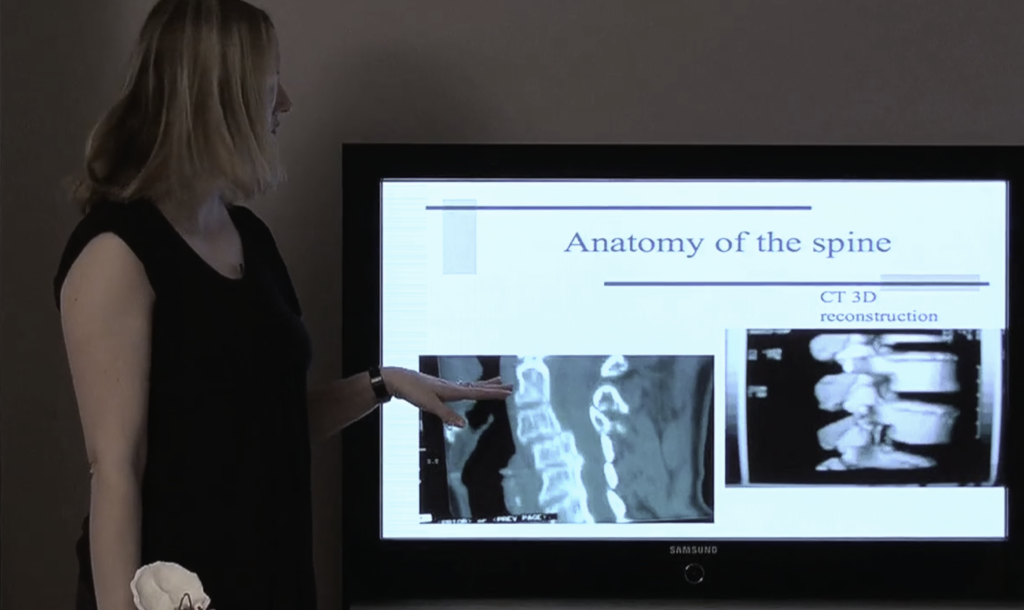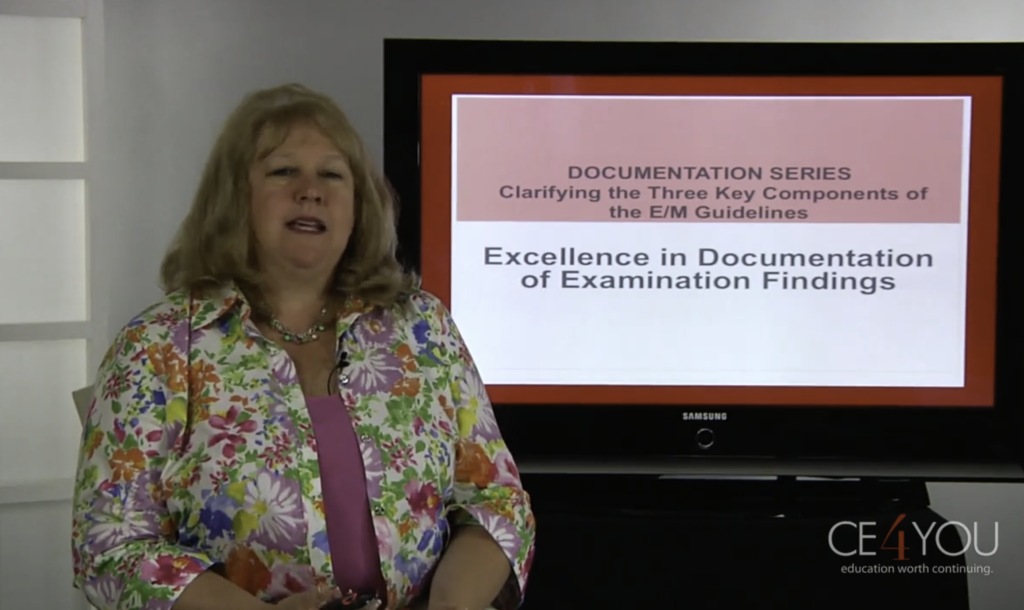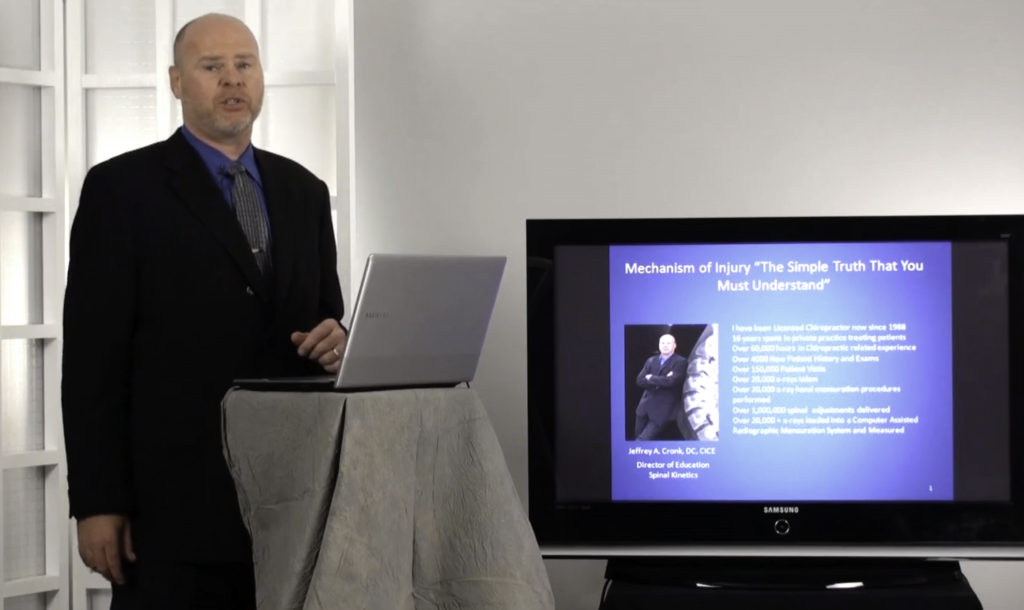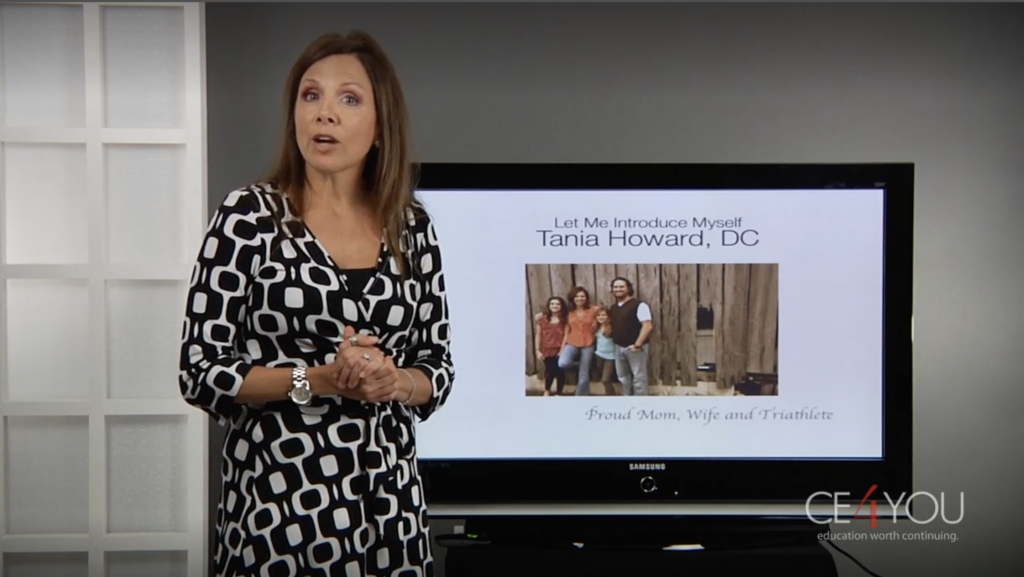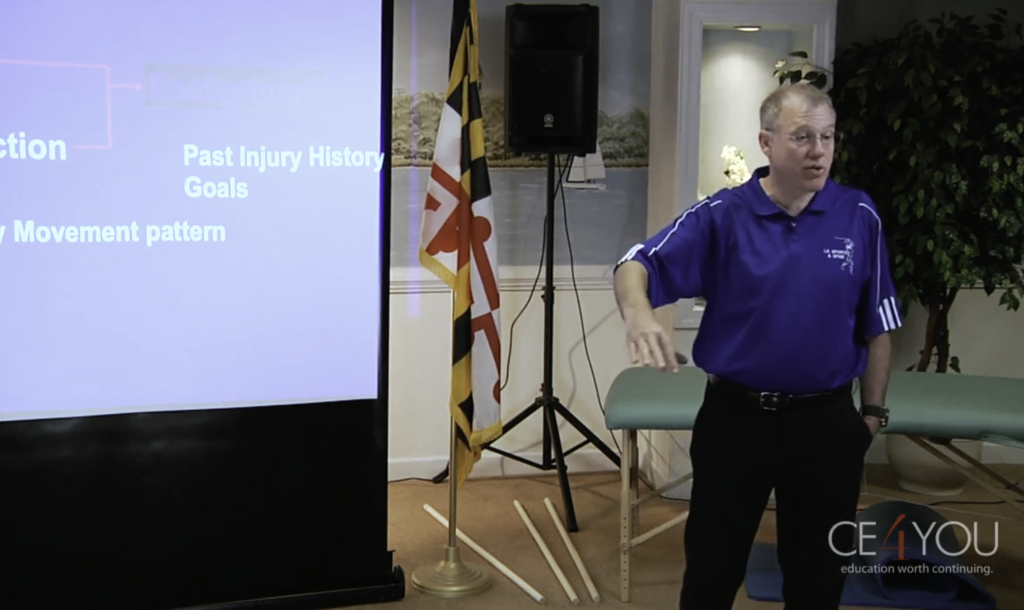Risk Management in the Multi-Disciplinary Practice, Hour 1 of 4, The MD-DC Practice Model
This hour is one of four in Dr. Michael Carberry’s course on the risks to consider when operating a multi-disciplinary practice. It will teach you the most advanced concepts regarding the risks and benefits, along with the laws and regulations associated with starting and managing a multi-disciplinary practice. In addition, he provides you with information […]


